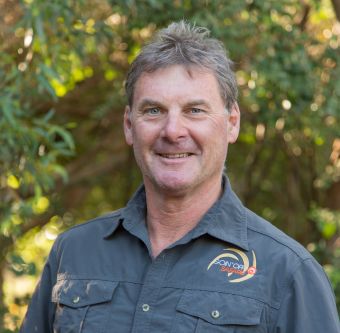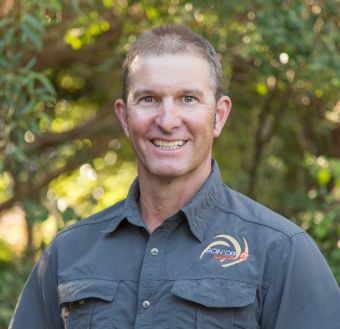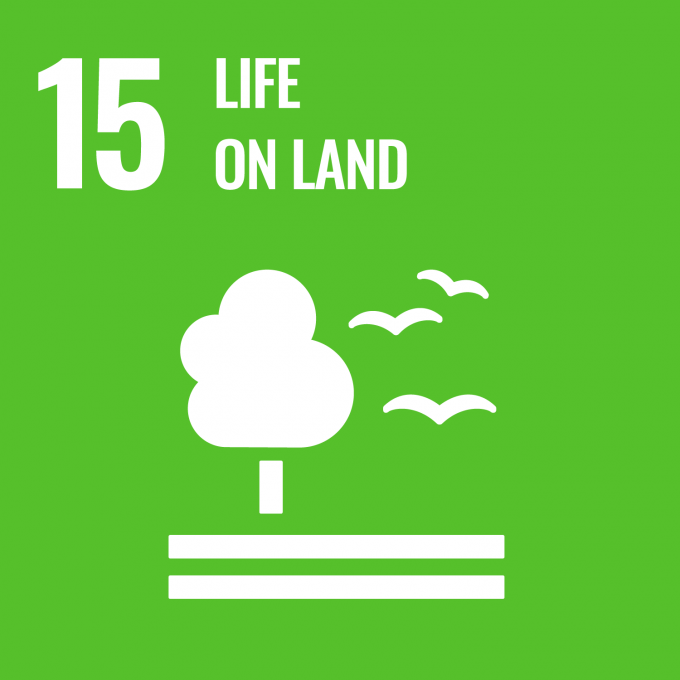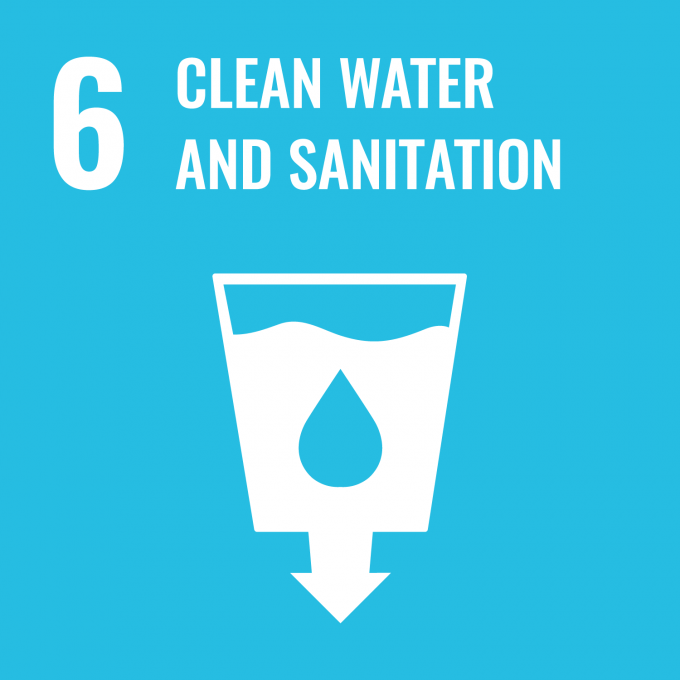Itinerary
Tour day-by-day
-

Day 1: Port Lincoln & Coffin Bay
On arrival into Port Lincoln, guests will be greeted by their personal Australian Coastal Safaris guide and take a short drive through spectacular Sugar Gums and agricultural land to Big Swamp. Big Swamp Wetland is composed of three seasonal fresh water lakes, that form a water dependant ecosystem, fringed with a large and ancient Red Gum forest.
These wetlands are the last true fresh water wetlands on the Eyre Peninsula and contain many waterfowl, raptors and the endangered Emu Wren & Western Whipbird. A bird hide is available for viewing these species as well as Black Swans, Grey Teal Ducks, Chestnut Teal Ducks, Pink Eared Ducks, Musk Ducks, Black Winged Stilts and Banded Plovers.
 “The Big Swamp wetlands area is important because of the birdlife it attracts and the various plants that grow here...We built a little island and a huge number of birds nest and rest here. We see ducks, swans, stints, waders, plovers, geese, wrens, falcons, eagles and harriers. We’ve had bird experts from all over the world visit”
“The Big Swamp wetlands area is important because of the birdlife it attracts and the various plants that grow here...We built a little island and a huge number of birds nest and rest here. We see ducks, swans, stints, waders, plovers, geese, wrens, falcons, eagles and harriers. We’ve had bird experts from all over the world visit”Peter 'Clutters' Clutterbuck - Guide
Guests will then then enter beautiful Coffin Bay, an area is of outstanding beauty, world famous Oysters and is home to a variety of important species of flora and fauna. There are no other comparable systems of bays and inlets in such compact form anywhere on the coast, which is why this area is classified as a maritime wilderness area.
We start with a one hour tour where you will learn about the Pacific and the Native Angasi Oyster direct from the Oyster farmer. Fresh out of the rack, you get to sample these oysters as well as seeing all the equipment used to get these oysters into domestic & international markets and to the top restaurants in the world.
After a delicious lunch of gourmet seafood platters in the heart of picturesque Coffin Bay, the tour will move to Coffin Bay National Park, providing the opportunity to spot some of the 150 species of birds, 11 species of terrestrial mammals, 12 species of marine mammals, 20 species of lizards, six species of snakes and several (mostly unidentified) species of amphibians have been recorded in the parks.
White-bellied Sea-eagle and Osprey are both moderately common in the parks, with the availability of undisturbed coastal cliff habitats and rocky offshore islands makes the Coffin Bay area a significant breeding refuge for these species. Other bird species of particular interest include the Eastern Reef Egret, Pied Cormorants, Australasian Shoveler, Cape Barren Goose, Eastern Curlew, Wood Sandpiper, Latham's Snipe, Buff-banded Rail, Swamp Harrier, Peregrine Falcon, Scarlet Robin, Diamond Firetail, White-winged Chough, Blue-breasted Fairy-wren, Weebill, Southern Emu-wren and Western Whipbird.
Other marine species of significance include the Australian Sea-lion, Long-nosed Fur Seal and Bottle-nosed Dolphins.
Overnight Accommodation: There are various levels of accommodation available including the Port Lincoln Hotel (4 star) or South Point Private Beach House.
-

Day 2: Port Lincoln National Park
The day starts with morning viewing at the small coastal hamlet of Tulka where waders, Black Swans and seabirds can be seen from the Bird Hide. This is another known location for Southern Emu Wrens, near a well first dug by Captain Matthew Flinders when he explored the area in 1802.
From here, guests will experience the diversity of the Port Lincoln National Park, where rugged cliffs provide an opportunity to view Osprey, White Bellied Sea-Eagles, Whistling Kites and Swamp Harriers. In beautiful Memory Cove birds encountered include Purple-gaped Honeyeaters, Striated Pardalotes, Spiney-cheeked Honeyeaters, Dusky Woodswallows, Australian Pipits, Western Yellow Robins, Blue Breasted Wrens, and White-browed Scrub Wren.
Of the 29,000ha National Park, guests can elect to walk or beachcomb along Surfleet Cove or take a 45 minute hike to see spectacular views of Boston Bay, Port Lincoln and the Port Lincoln National Park at the Stamford Hill Lookout.
Other wildlife that can be spotted include Australian Sea-lions, Long-nosed Fur Seals off the rocks of Donnington Point, Bottlenose Dolphins Western Grey Kangaroos, Emus, and numerous skinks, Rosenberg’s Goanna and dragon lizards. Migrant Southern Right Whales can also be seen occasionally from the coast from May through August.
In the afternoon, guests will venture out to beautiful Mikkira Station to see a colony of wild Koalas. Whilst strolling under the beautiful old Eucalypt trees, guests will be in awe as they come face to face with the cuddly icon of Australia as they laze in the Manna gums. Wild but placid kangaroos casually hop around in this beautiful historical setting, where in 1842 Scotsman Adam Borthwick and his family made their home as one of the very first settlers of the region.
 “The local Citizen Science initiative has seen a number of programs come to fruition. The Koala tracking has been the biggest project so far, and through tracing and monitoring we have found Koalas 60 kilometres away from their original location. Originally there were just two pairs of Koalas introduced to a private property in 1969, and now the area we explore on this property is full of Koalas.”
“The local Citizen Science initiative has seen a number of programs come to fruition. The Koala tracking has been the biggest project so far, and through tracing and monitoring we have found Koalas 60 kilometres away from their original location. Originally there were just two pairs of Koalas introduced to a private property in 1969, and now the area we explore on this property is full of Koalas.”David 'Lunch' Doudle - Guide & Founder
Emus roam around amongst mobs of sheep and there is astounding birdlife here, many of which are rare and native to this area. As the sun settles for the evening, we will relax with a platter of local produce, wine and listen to the sounds of nature.
Overnight Accommodation: There are various levels of accommodation available including the Port Lincoln Hotel (4 star) or South Point Private Beach House.
-

Day 3 (Optional): Great White Shark cage dive
An early morning departure will see guests boarding the Great White Shark cage dive vessel. After a safety briefing and an induction to the boat, guests will depart the Marina at 7am and head for the Neptune Islands.
This cruise takes 2.5 hours, cruising along the edge of the Port Lincoln National Park, through the Thorny Passage and then out into the Southern Ocean. During a light breakfast, a keen eye will spot pods of dolphins that come to play at the bow of the boat, White-bellied Sea Eagles nesting in the National Park, and occasionally Pilot, Blue or Humpback Whales (May-October).
Once arriving at the Neptunes, the skipper will find a sheltered area to moor, and the group will gather on the back deck to discuss dive safety and procedures. Because this is a surface dive, there is no prior experience or qualifications required.
Over the course of the next 5-6 hours, all passengers will have the chance to experience the underwater action in the cage.
The Neptune Island Marine Park is also home to breeding and feeding sites for many local and migratory birds, Australian Sea-lions and Long-nosed Fur Seals, all of which can be viewed from the boat. Throughout the day all passengers will be welcome to tea, coffee, soft drinks and water, along with cake and fruit for morning tea, hot soup, a buffet style lunch, and in the afternoon a barbecue to keep you satisfied until your return to the marina at approximately 6:30pm.
-

Tour details
Group Size: Minimum of 2 guests, maximum of 6 guests
Pick-up and Drop Off Point: Port Lincoln Airport or Port Lincoln accommodationsPick-up and Drop-off Time: Upon arrival or 9:00am - Upon departure or 5:00pm.
Inclusions - touring with professional, local and experienced guides, airport transfer and all transport in luxury 4WD Land-Cruiser, Oyster Tour & Tasting, all National Park & other entry fees, Daily Continental breakfast, Daily lunches, beverages, local wines & beer.
Private Touring: Available at additional cost - please enquire with your group size & interests.
Languages: Translation services for private tours available in Mandarin.How you'll be making a positive impact
We have aligned our sustainability vision with the United Nation’s Sustainable Development Goals (SDGs). Citizen Science with Australian Coastal Safaris
Citizen Science with Australian Coastal Safaris
Australian Coastal Safaris contributes observations of flora & fauna via iNaturalist, the world’s leading global social biodiversity network. This platform allows our team to create research-quality citizen science data that enables a more detailed picture of our national biodiversity, and assists bodies such as the CSIRO, ecologists and other decision makers to deliver better outcomes for the environment and our species.
 Tracking the Eastern Osprey of the Eyre Peninsula
Tracking the Eastern Osprey of the Eyre Peninsula
Australian Coastal Safaris guide and award-winning photographer, Fran Solly, has been watching birds across the Eyre Peninsula for over 35 years. In recognition of her contribution to the birding community through citizen science observations and development of the regional field guide for birds, Fran had an Osprey chick named after her (Solly) in 2020.
 Water Quality Monitoring at Big Swamp
Water Quality Monitoring at Big Swamp
Australian Coastal Safaris guide, Peter Clutterbuck, is actively involved with local environment groups including the Big Swamp Community Centre, to monitor the water quality of Big Swamp on the lower Eyre Peninsula. As part of this role, ongoing water samples are collected to provide vital information about the ecology and other environmental factors impacting these wetlands.
Media Gallery
-

Ultimate Summer Snorkelling Adventures
From $4,050 USD
10 days/9 nights
Available months: January to April, October to December.
-

West to South Coast Family Adventures
From $4,290 USD
9 days/8 nights
Available months: January to May, October to December.
-

Great White Shark Cage Dive Packages
From $920 USD
2 days/2 nights
Available months: January to December.
















